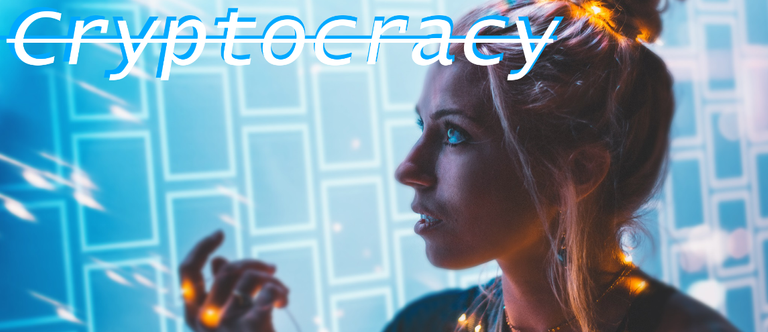
As we go through the list, we’re starting to get out of the digital currency assets and into the more conceptual product cryptocurrencies. The top contender in this market, at the moment, is the EOS Blockchain. Operated by an offshore company titled block.one, the EOS cryptocurrency is designed from the ground up as a platform for decentralized applications, or dApps within the cryptosphere. They’ve adopted the ERC-20 standard protocol, while adding their own spin to it for their specific needs.

block.one
Located on the Caymen Islands, block.one is the original creator of the EOS Blockchain. Their offshore location helps to facilitate their desire to create a completely frictionless platform for application and community creation, without the standard fee-based transaction model commonly used by other blockchains. Their stated purpose with the EOS system is to create an ecosystem in which decentralized autonomous communities, or DACs, can be formed.
These communities would not depend on block.one, and any cryptocurrency founded on the EOS.IO would be dependent on their own leadership. Any platform that wishes to use the EOS.IO system would require the consensus of 15% of EOS stakeholders before their new currency is transferable.
Decentralized Applications
The original model of computing required a program to run on location at the user’s terminal directly. Once the Internet had matured, and communications technology had reached an acceptable average speed, web applications become a viable alternative. These applications could be accessed remotely, with input from the user at their personal computer and outputs generated centrally at the server. We are now seeing the third iteration of applications through blockchain technology. Rather than a single centralized server, a user will be able to connect to the blockchain network and run the application within the network. Advantages of this method include greater security for personal information and a redundancy system that prevents down time.
The EOS Cryptocurrency
The first and most significant difference between EOS and most other tokens lay in their complete lack of transaction fees. Rather than paying for each transaction, EOS owners instead own a share of the infrastructure proportional to their personal EOS holdings. This is particularly useful for the dApp environment, where transaction fees could easily bleed a user dry in their attempts to bring an application to market.
EOS also touts their ‘asynchronous communication and parallel processing’ systems as a means to improve their transactions per second metric. Combined, these two factors make EOS.IO an attractive alternative to the larger, older and somewhat expensive Ethereum blockchain.
Also of note; the meaning of EOS has not been released, or is not an acronym at all. Based on statements from block.one, they seem to enjoy the suggestions being made to retroactively create an acronym from the name.
So why EOS?
The EOS blockchain network is designed around the creation of decentralized applications ; and seems to be an excellent model for doing just that. So long as they can foster and support new projects within their EOS.IO platform, EOS itself should retain value. The coin is designed to have a maximum inflation of 5%, and the scalability inherent within the system makes EOS a decent investment.
But why not?
While there are no transaction fees within the system, there is still the standard ERC-20 fee for transferring EOS between individuals. Further, the tokens will become non-transferable later this year. The tokens themselves are used to reserve an amount of processing within the network, outside of their consensus on allowing a new blockchain within the system to transfer their cryptocurrency. The EOS ecosystem is remarkably non-standard, which might cause unease in investors.
This is part of my ongoing series of basic primers for cryptocurrency. If you found it useful, interesting or just like my style - consider following me!
Previous primers;
A Stellar Lumens Primer
A Cardano Primer
A Ripple Primer
A Bitcoin Cash Primer
A Litecoin Primer
A NEO Primer
An Ethereum Primer
I think some sections are not accurate. The ERC 20 token is just temporary until the EOS blockchain is launched in June. So the platform is not “based on” them but used just for distribution purposes.
I'll update it as soon as the platform is launched - for now, I think it's a legitimate consideration.